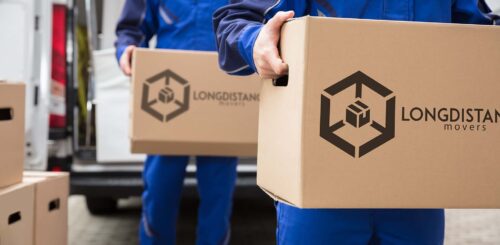Relocating your home is challenging enough, but what about your beloved flora? This comprehensive guide on how to move plants covers the intricate process of safely shipping flora across the country. Whether your green companions are delicate orchids or sturdy succulents, our tips will ensure their survival and adaptation to their new environment.
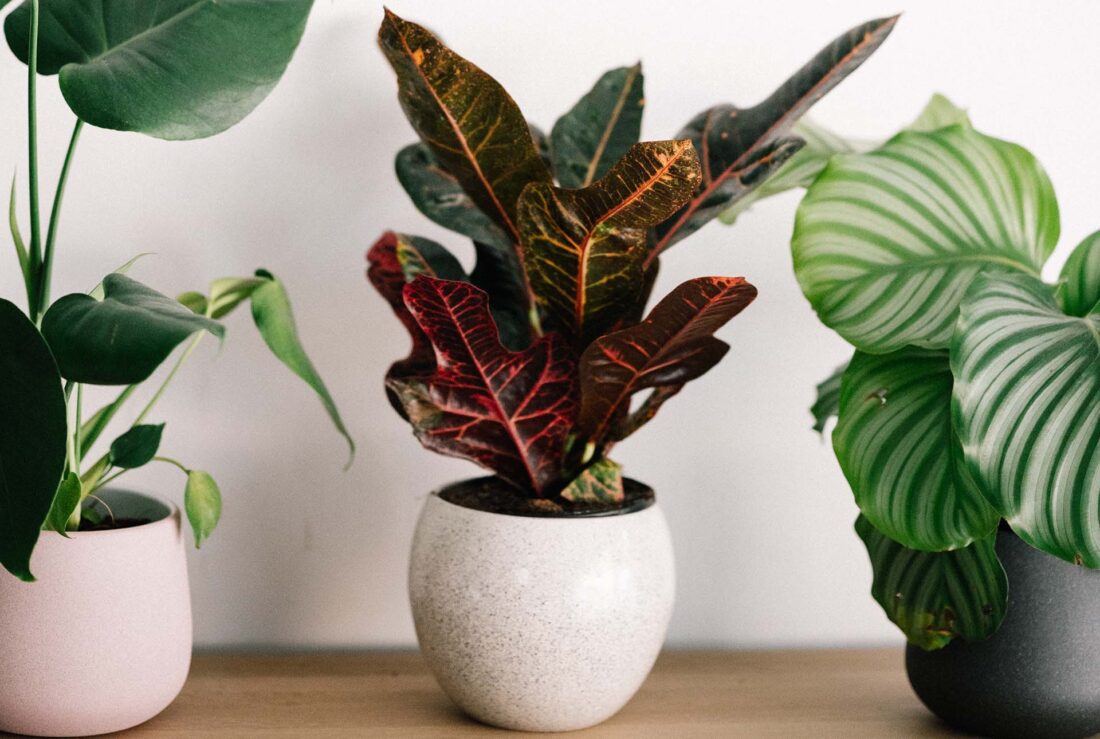

Before you start researching the best way to move house plants across the country, be sure to research plant regulations and shipping restrictions. Assess the feasibility of shipping your plants. If you decide they’re worth transporting, prepare them properly and research the transportation options. Be sure every plant is packed efficiently and ensure it stays healthy during relocation to another state.
Research Plant Regulations and Restrictions Before the Move
How to move with plants? Before you embark on the journey of moving cross-country with your beloved flora, understanding the regulations and restrictions related to plant transport to a new state is paramount. Not every state has the same rules. Some locations have stringent laws about which greenery can be brought in, primarily to prevent the introduction of invasive species or pests that could harm the local ecosystem.
Many places have quarantine requirements for certain types of plants. For example, California, known for its agricultural abundance, is notoriously strict when it comes to importing live plants. They may require flora to be quarantined for a certain period to ensure they are not carrying any pests or diseases.
Moreover, transporting some species to a new state may require permits or certifications. These rules are designed to protect native flora from potential threats. Be sure to research these requirements well in advance, as the process to acquire permits can sometimes be lengthy. Failure to abide by these regulations can lead to your greenery being confiscated or even destroyed. It may also result in hefty fines.
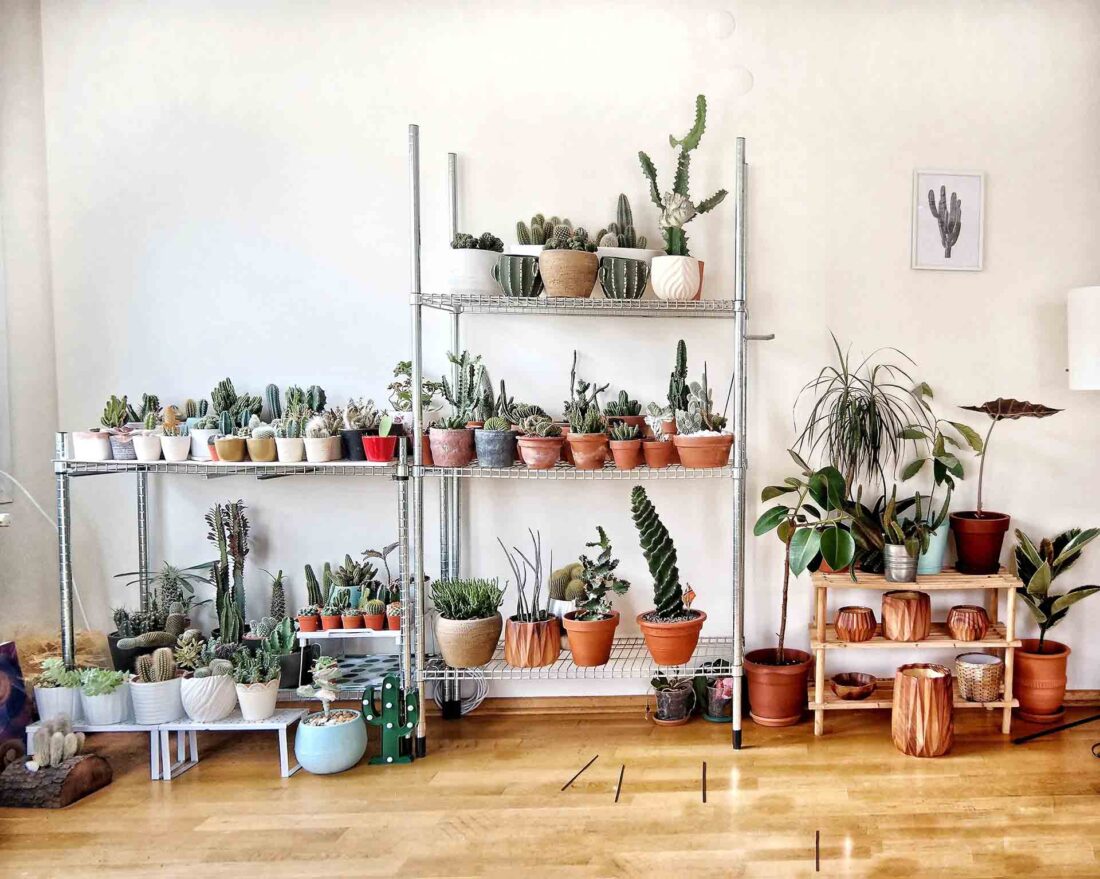

Assess the Feasibility of Moving Plants Across the Country
Shipping houseplants across the country isn’t as simple as tossing them in the backseat and hitting the road. These are living beings susceptible to changes in environment and conditions. The feasibility of a relocation to another state depends on various factors.
Will your new home provide similar light and temperature conditions? Will the relocation occur during a season conducive to plant transport? It’s essential to critically analyze these aspects and more. For instance, relocating to a different climate may make it impossible for some of your flora to thrive.
Consider the Size, Health, and Value of the Plants to Determine if They Are Worth the Effort
Size matters when relocating greenery. Larger houseplants are tougher to transport, require more space, and can be difficult to stabilize during transit. The health of your flora is also paramount. Healthy, robust houseplants are more likely to survive the transit and adjust to a new city, while weak or sick ones might not withstand the relocation stress.
Lastly, the plant’s emotional and financial value should factor into your decision. Rare, expensive, or sentimental greenery might be worth the extra effort to transport, whereas common, replaceable varieties should probably just be left behind.
Assess Whether They Can Survive the Cross-Country Moving Journey
The physical journey can be traumatic for flora. Changes in light, temperature, humidity, and air pressure, coupled with physical jostling, can cause significant stress. Research the needs of your particular houseplants and compare them to the conditions they’ll endure during transit. For instance, a plant that requires lots of sunlight might struggle if packed in a dark relocation truck for days. Likewise, desert flora might suffer in a cold, damp truck. Make an informed judgment about each plant’s ability to endure the journey and thrive in the new house.
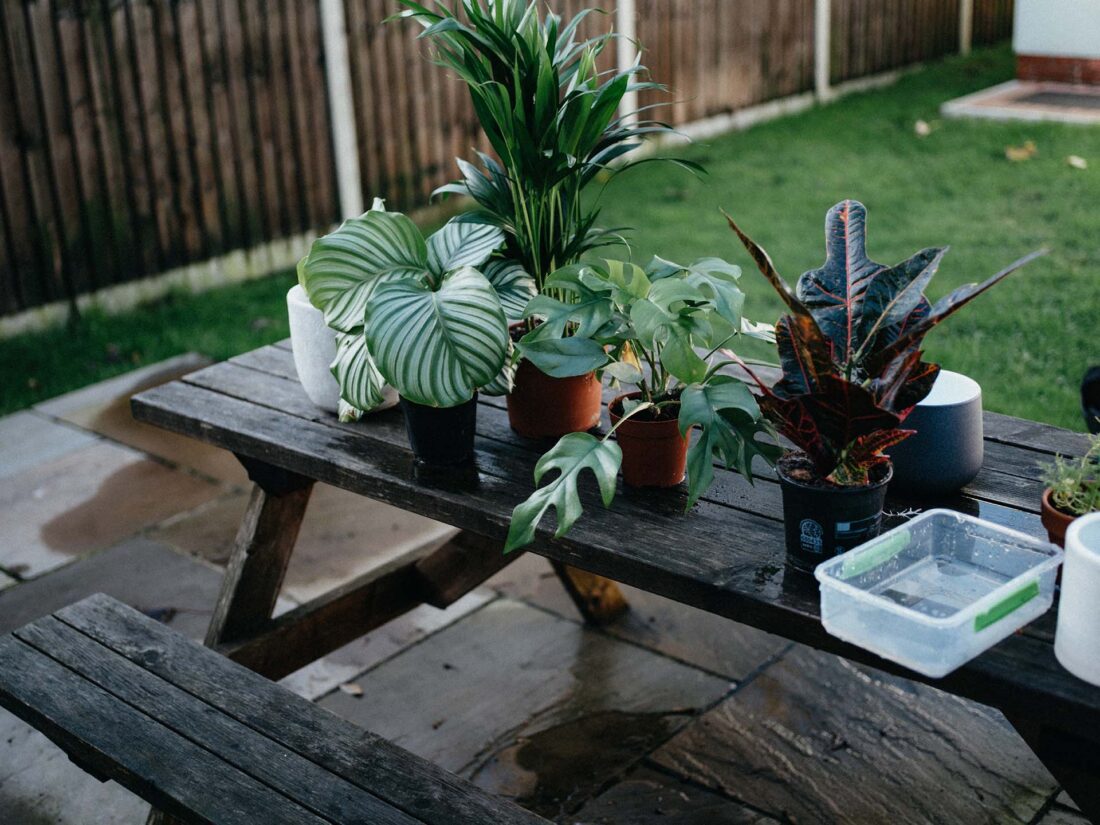

How to Move Plants – Prepare Them in Advance
The first step in relocating houseplants long-distance is to check their health. Look for signs of disease or pests, such as spots on the leaves, discoloration, or the presence of bugs. By treating these issues before the relocation, you give your plants the best chance to survive the stress of shipment. It’s also essential to adapt their watering routine. Water them a few days before the relocation, but don’t overwater on the relocation day. Damp soil can make pots heavy and cause root rot due to lack of aeration during the journey.
Trim and Prune to Reduce the Size and Promote Healthy Growth
Pruning your houseplants can help them handle transport better. Removing dead or excess growth not only makes them easier to handle and pack but also promotes new, healthy growth. For larger greenery, consider reducing their size for easier transport. Use a sharp, clean tool to make precise cuts without causing unnecessary damage. Also, remember to leave enough foliage to sustain the plant’s growth.
Storage Services
Our spacious climate-controlled units will protect your things until the drop-off. No need to worry about them because all items are labeled and secure, and each customer gets a dedicated unit mixup isn’t possible.
Learn moreAuto Transport
Move your car across the country in an open or enclosed trailer – for an affordable fee. We offer car transport as a standalone service, but you can bundle it with your household move and get a hefty discount.
Learn moreMoving Insurance
All your stuff is secure with Long Distance USA Movers, but in case something does happen to it, there’s a moving insurance policy in place. We offer both basic Valuation Coverage and Full Value Protection.
Learn moreRepot Plants in Lightweight and Shatterproof Containers to Minimize Damage
Traditional ceramic or clay pots are fragile items that can break during transit, damaging your greenery and creating a mess. Consider repotting your houseplants into lightweight, shatterproof containers like plastic pots. They’re easier to handle, less likely to break, and reduce the overall weight of your shipment. Be sure to do this well ahead of your relocation day to allow your greenery to adjust to its new containers. Use a fresh, sterile potting mix to give them a nutrient boost before the big journey.


Research and Choose the Best Transportation Method
So, how to transport plants? The choice of transportation is a significant aspect of successfully relocating anything across the country. The correct method depends on the specific needs of your houseplants, the distance, and the conditions of the journey. There are generally two primary options: driving yourself or shipping.
Consider Options Such as Driving and Shipping
Driving is an ideal choice for those who prefer to maintain control over their houseplant’s environment during the relocation. You can adjust the temperature, lighting, and moisture levels in your vehicle and ensure that your greenery has a stable ride. This method is particularly suitable for larger, delicate, or high-value flora that requires extra care. However, driving isn’t without its drawbacks. Long-distance drives can be exhausting, and you’ll need to ensure your greenery receives adequate sunlight and water throughout the journey.
On the other hand, shipping can be a more practical choice for those moving a long distance or with a large number of pots. Reputable shipping companies are familiar with the regulations for shipping pots and can package and transport your flora professionally. However, this method relinquishes your control over the flora’s environment. Some flora may also not survive the potential lack of light and temperature fluctuations.
If you are planning to hire long-distance movers for the job, be aware that houseplants are often not covered under a cross-country moving service. After all, they are living beings, and as such, one of the few items cross-country movers won’t move.
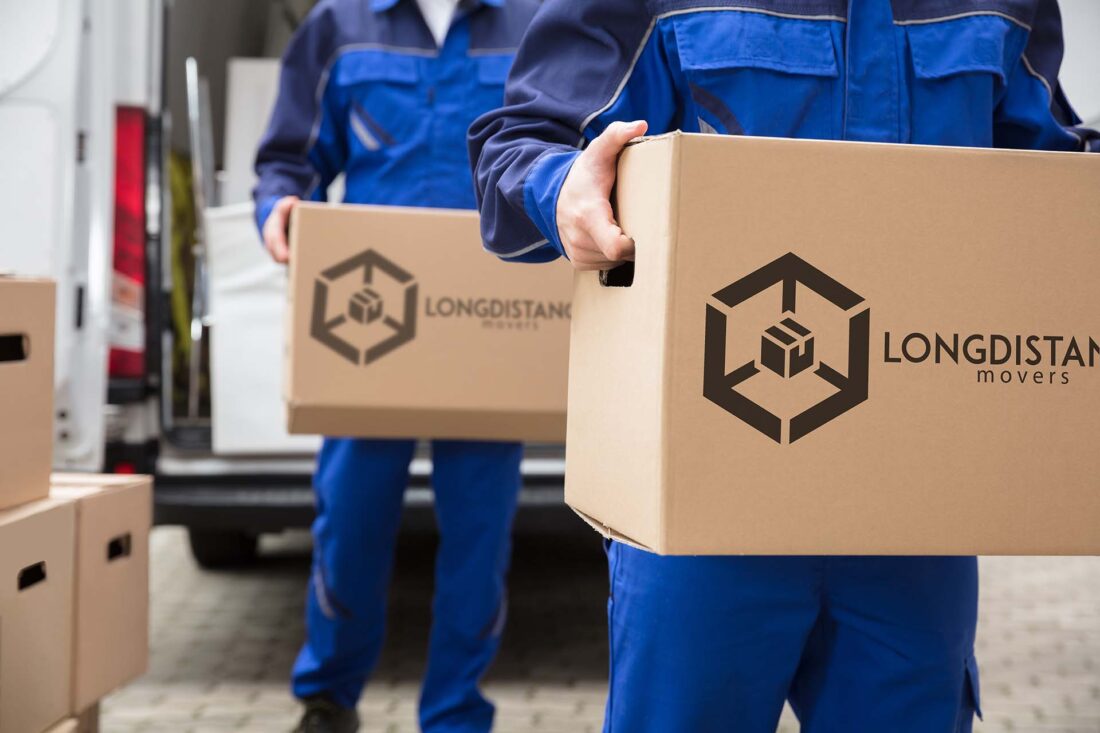

Packing and Protecting Is a Must
How to pack plants for moving? Packing for relocation and protecting them appropriately is an essential step to ensure they survive the journey. Proper packing materials and wrapping techniques can prevent damage, maintain the health of the greenery, and keep your vehicle clean and organized during the move. Start by selecting the right packing materials. Bubble wrap, newspapers, or soft fabric can be used to secure flora and protect it from physical harm.
Wrap the pots to avoid any soil spillage and prevent them from moving around during transit. However, when wrapping, remember to avoid covering the top of the plant to allow it to breathe and receive light. For larger ones, you might want to use plastic wrap to secure loose branches and reduce the overall width of the plant. This also protects foliage from wind damage if they’re transported in an open trailer or truck bed. Make sure to punch some holes in the wrap to facilitate airflow.
Using specialized shipping boxes or containers for greenery provides another layer of protection. They come in various sizes, and some even have individual compartments for pots. This helps keep every plant upright and secure. If you can’t get specialized boxes, regular boxes can work too. Add padding to the box’s bottom and around the pots for extra security. If you’re driving, plan your vehicle’s layout. Try to place your pots in a temperature-controlled area of the vehicle, like the backseat, rather than the trunk. Avoid packing pots tightly together to allow air circulation.


You Should Ensure That the Plants Stay Healthy During the Move
Maintaining the health of your houseplants during a long-distance shipment can be challenging, but with careful planning for the relocation and the right strategies, you can ensure your green companions reach their new home in prime condition.
Minimize Exposure to Extreme Temperatures and Direct Sunlight
If you’re shipping your greenery on your own, managing the microclimate inside your vehicle is crucial for the health of the flora during transportation. Here are key relocation tips to consider:
- Shield from direct sunlight – Excessive sunlight can lead to wilting or sunburn, especially in a hot vehicle. Consider using car blinds or light cloth to provide shade.
- Protect from extreme temperatures – Greenery can suffer in freezing or overly hot conditions. Try to maintain a moderate temperature throughout the journey. During overnight stops, bring houseplants indoors to shield them from temperature extremes.
- Hydrate adequately – Water the houseplants sufficiently before the journey. Be careful not to overwater, which can cause waterlogging and root rot. Keep the soil moist but not soaked. For longer trips, regularly check and maintain soil moisture.
- Ensure proper ventilation – Good air circulation is vital for greenery, which respirates by taking in carbon dioxide and releasing oxygen. If you’re boxing up houseplants, create sufficient ventilation holes. Avoid cramming them tightly together in the vehicle to allow for airflow.
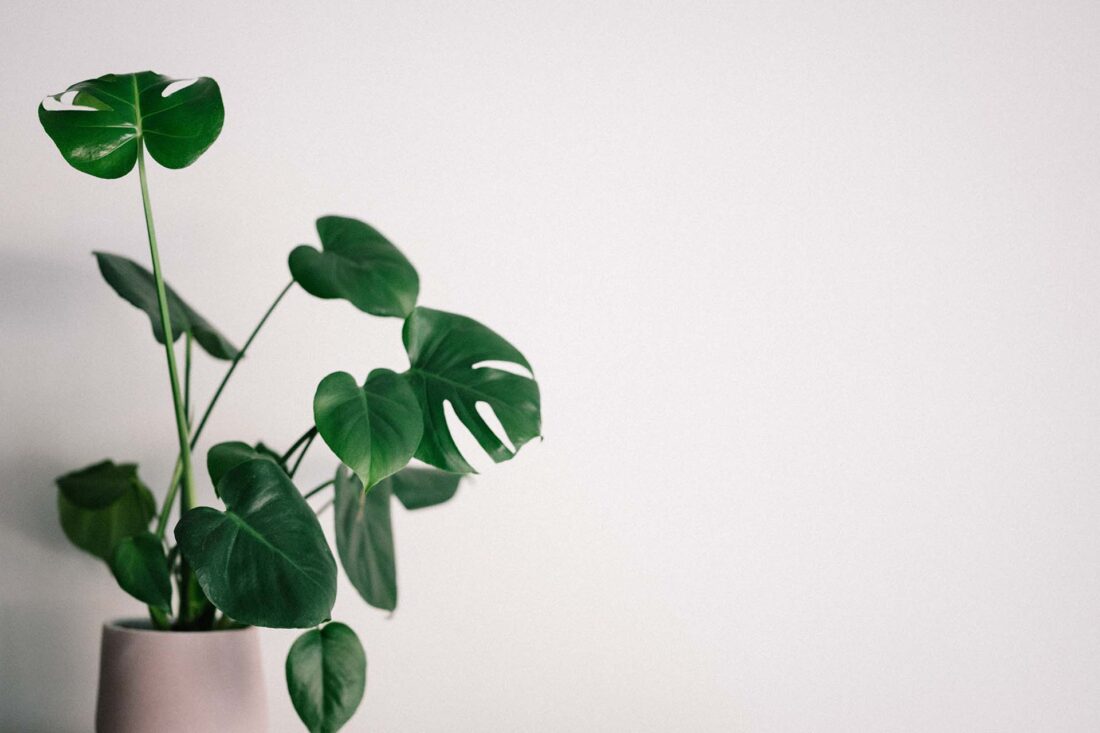

While You Take Care of Plants, Let the Long Distance USA Movers Take Care of Your Belongings
While ensuring the safe transportation of your cherished flora requires significant time and effort, you needn’t worry about your household belongings. Let the Long Distance USA Movers take that burden off your shoulders. We are one of the best cross-country moving companies that specialize in long-distance relocations, and our expertise will ensure your belongings are moved safely and efficiently.
From large furniture pieces to fragile items, our professional packing assistance and long-distance moving services will ensure your belongings get to their new destination. Hiring professionals from a reputable long-distance moving company means you don’t have to navigate the logistics and physical strain of loading, unloading, and shipping your stuff. So, what are you waiting for? Contact us today to get a free quote based on your household inventory – we’re looking forward to helping you relocate!
FAQ
Are There Any Restrictions on Moving Specific Types of Plants?
Yes, many countries and US states have restrictions on transporting certain flora to prevent the spread of pests and diseases. Some types may require a certificate of inspection or a permit. It’s crucial to research the specific rules for your destination beforehand to avoid any legal issues.
How Do I Prepare Fragile or Sensitive Plants for a Long-Distance Move?
Delicate houseplants need special care during relocation. Trim and prune them to manageable sizes without causing stress. Repot into shatterproof containers to minimize breakage. Secure loose branches with plastic wrap but ensure sufficient airflow. Before the relocation, check for signs of disease or pests and treat if needed. Acclimate the plants to their new pots and conditions gradually.
Can I Ship Plants Across the Country Using Regular Shipping Services?
Yes, you can ship greenery using regular shipping services, but you should choose a provider familiar with the rules and regulations for this type of shipping. It’s essential to pack the pots securely and use express shipping options to minimize the time in transit, especially for long distances.
Are There Any Special Considerations for Transporting Plants During Extreme Weather Conditions?
Extreme weather can severely stress houseplants. In hot conditions, ensure they are well-hydrated and shielded from direct sun. If the temperatures are freezing, insulate them and consider using heat packs. Try to maintain a consistent temperature.
What Steps Should I Take To Ensure the Health and Well-Being of My Plants During the Move?
Proper preparation is key. Adapt the watering schedule, trim and prune if necessary, repot into lightweight containers, and treat any pests or diseases. During the relocation, provide ventilation, control exposure to sunlight and temperature, and check the soil moisture regularly. After transport to a new city, allow the flora to acclimatize to their new environment before resuming their normal care routine.




